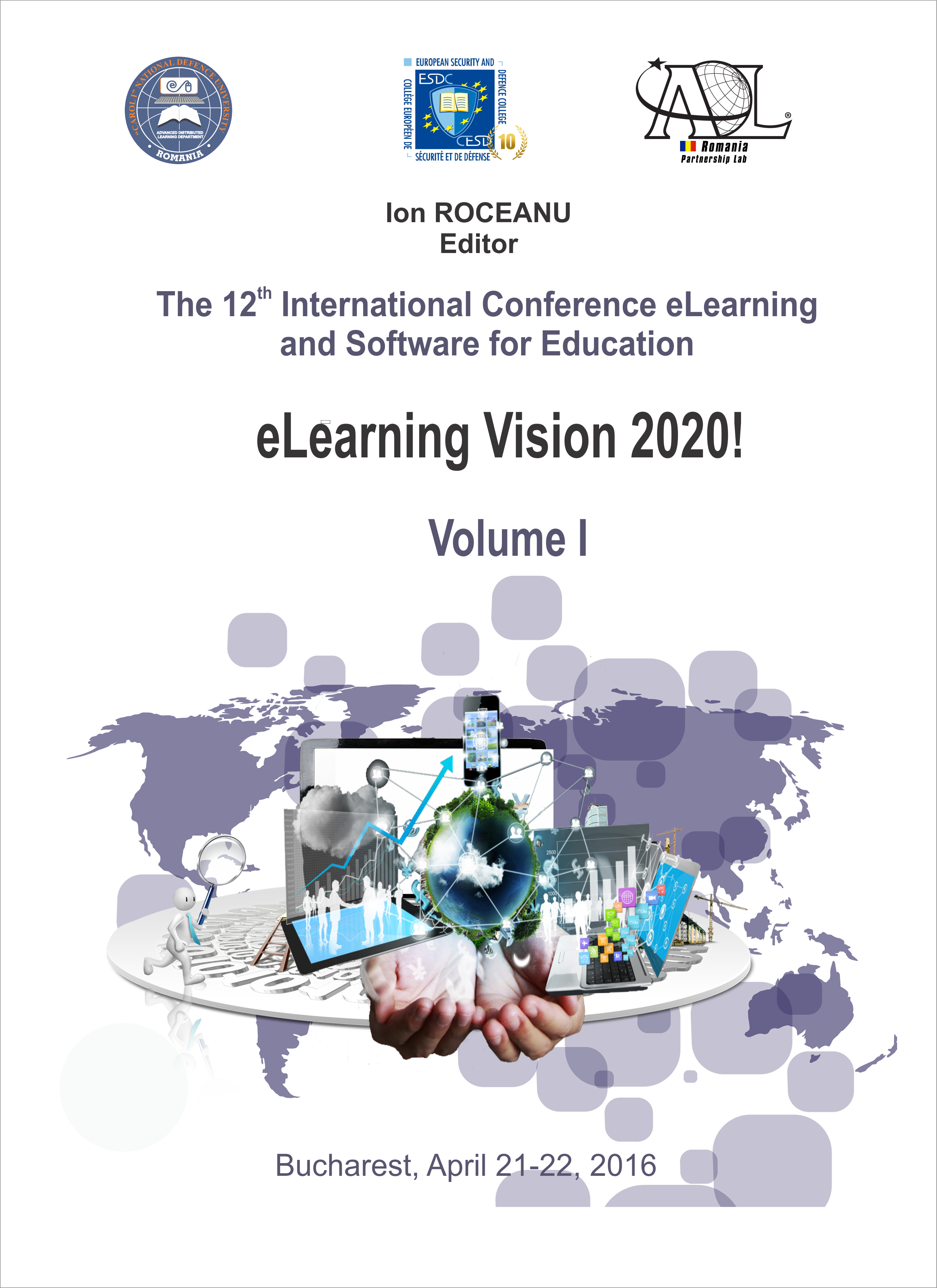LODRO: USING CULTURAL ROMANIAN OPEN DATA TO BUILD NEW LEARNING APPLICATIONS
LODRO: USING CULTURAL ROMANIAN OPEN DATA TO BUILD NEW LEARNING APPLICATIONS
Author(s): Octavian RINCIOG, Vlad POSEASubject(s): Archaeology, Media studies, Sociology of Culture, Sociology of the arts, business, education, ICT Information and Communications Technologies
Published by: Carol I National Defence University Publishing House
Keywords: Linked Open Data; RDF; SPARQL; eLearning application;
Summary/Abstract: Nowadays we are witnessing an exponential increase in open data which are published in order to be reused by third parties. The major problem about these data is that they have very different formats and structures as they are issued in totally different institutions. Modern eLearning methods can be improved using these open data, but their different structures inhibit the development of such eLearning applications. This paper describes LODRo, a platform containing standardized public data on existing museums and research reports about Romanian archaeological sites. These data are published by the Romanian National Heritage Institute on Romanian Open Data portal, in csv format. Standardizing their format involves transforming existing open data in RDF triples and attaching additional properties using online web services, such as geographical coordinates. Furthermore, the existing information is linked with other online resources available from Linked Open Data Cloud. As results, we obtained after the transformation of these open data about Romanian national heritage, 1014 resources having 5836 RDF triples, each resource representing a Romanian museum and 4290 resources having 39458 RDF triples, each resource representing a research report about Romanian archaeological sites. Also, using databases like DBpedia.org and GeoNames.org, we found links to all towns and counties that host a Romanian cultural heritage and to a number of 23 museums from these 1014 Romanian museums. In LODRo, all these RDF triples can be queried using an existing SPARQL endpoint. Using these enhanced data published by LODRo platform, developers can build mobile learning applications to help museum visitors and archaeological researchers to discover additional data about existing sites.
Journal: Conference proceedings of »eLearning and Software for Education« (eLSE)
- Issue Year: 12/2016
- Issue No: 01
- Page Range: 267-274
- Page Count: 8
- Language: English

